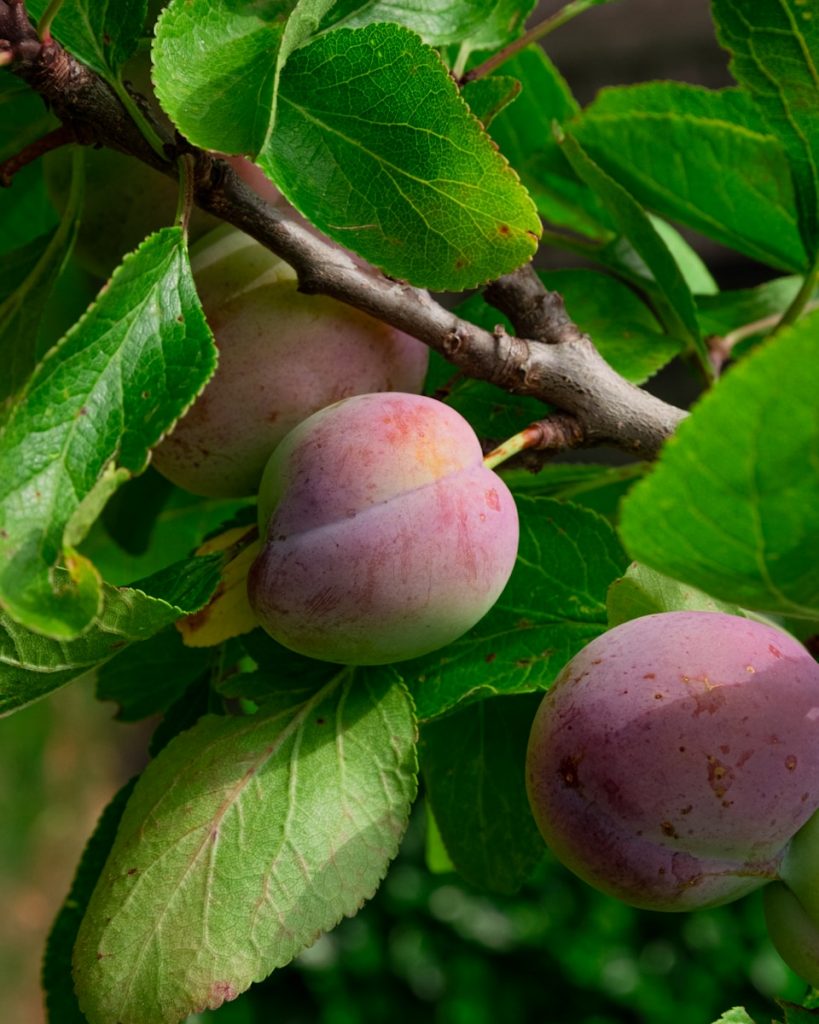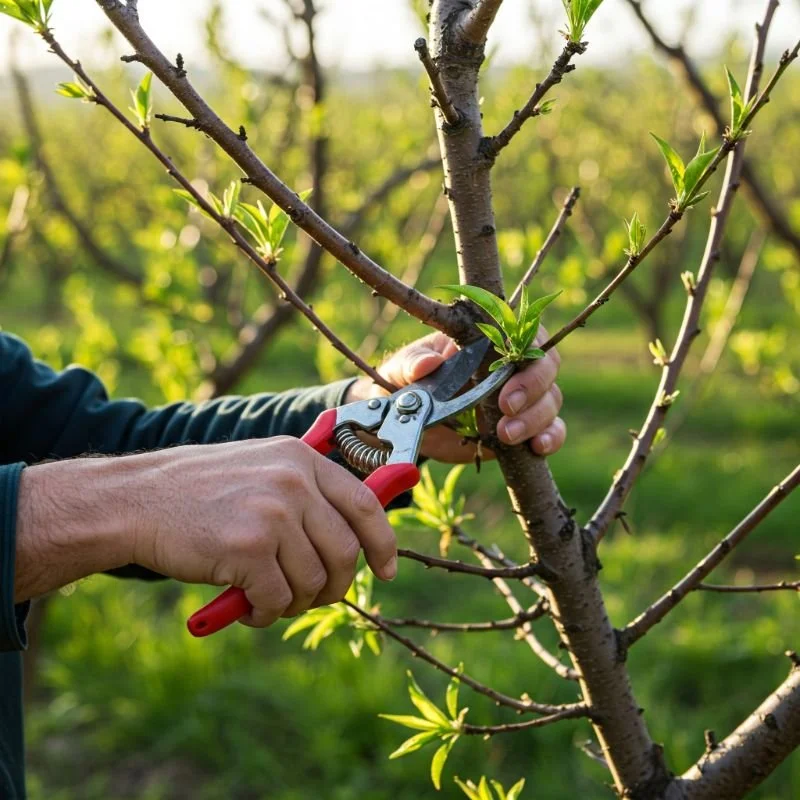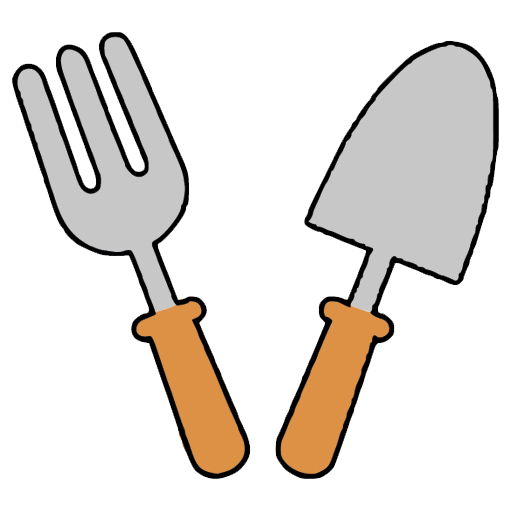Peach tree care doesn’t have to be complicated. With the right pruning, watering, feeding, and protection, you can enjoy sweet, juicy peaches from a tree that actually thrives instead of just surviving.
If you’re still deciding whether peaches are right for your space, pair this guide with Our Guide to Growing Peaches Inside to see how peach trees behave from planting through harvest.
Contents
- 0.1 Understanding What Peach Trees Need
- 0.2 Watering Your Peach Tree the Right Way
- 0.3 Feeding and Fertilizing for Strong Peach Tree Growth
- 0.4 Pruning Peaches for Light, Air, and Easy Picking
- 0.5 Thinning Fruit for Better Quality Peaches
- 0.6 Protecting Your Peach Tree from Weather and Pests
- 0.7 Peach Tree Care in Containers
- 0.8 FAQs About Peach Tree Care
- 0.9 Final Thoughts on Peach Tree Care
- 0.10 Related Articles
- 1 Discover the Best Dwarf Fruit Trees for Indoors
Understanding What Peach Trees Need
Before you dive into peach tree care routines, it helps to know what these trees naturally like:
Plenty of sun – at least 6–8 hours of direct light a day
Well-draining soil – they hate “wet feet” and waterlogged roots
Consistent moisture – especially while fruit is sizing up
Regular pruning – to keep branches open and fruit within reach
Annual feeding – to replace nutrients used by flowers and fruit
Once you understand these basics, the rest of your peach tree care tasks fit together much more easily.

Watering Your Peach Tree the Right Way
Good watering habits are at the core of peach tree care. Too little water gives you small, dry fruit; too much encourages root rot and weak growth.
Newly planted trees – water deeply once or twice a week during the first growing season, depending on rainfall and temperature.
Established trees – aim for a deep soak every 7–10 days in dry weather. It’s better to water thoroughly and less often than to sprinkle lightly every day.
Mulch helps – a 5–8 cm layer of organic mulch around (but not touching) the trunk slows evaporation and keeps soil moisture more even.
A simple soil moisture meter for fruit trees in containers can help you avoid guesswork if you’re growing peaches in pots or large tubs.
Feeding and Fertilizing for Strong Peach Tree Growth
Because peaches are heavy producers, feeding is an important part of peach tree care. Over time, fruiting uses up nutrients from the soil.
Early spring: apply a balanced fruit-tree fertiliser just as buds begin to swell.
Mid-summer: a lighter feed can support continued growth and next year’s buds.
Avoid late heavy feeding: strong nitrogen late in the season encourages soft growth that can be damaged by frost.
For potted or patio peaches, using a balanced slow-release fertiliser for fruit trees in containers makes it easier to provide steady nutrition over several months.
According to this RHS guide to feeding fruit trees, using the right amount of balanced fertiliser at the correct time of year is more effective than using very strong feeds, and helps avoid weak, over-soft growth that’s prone to disease.
Pruning Peaches for Light, Air, and Easy Picking
Pruning is one of the most important – and most overlooked – parts of peach tree care. A well-pruned tree gets more light, better airflow, and fruit you can actually reach.
When to prune
Main structural pruning – usually done in late winter or very early spring, just before new growth starts.
Light summer pruning – after harvest, to remove dead or damaged shoots and keep the canopy open.
How to prune
Aim for an open-centre or “vase” shape so sunlight can reach the middle of the tree.
Remove crossing, inward-growing, or congested branches.
Shorten overly long shoots to encourage branching and stronger wood.
Sharp bypass pruning shears make clean cuts that heal more quickly and reduce the risk of disease entering through ragged wounds.

Thinning Fruit for Better Quality Peaches
It feels wrong to remove baby peaches, but thinning is actually a key step in good peach tree care. When trees carry too many fruits, they end up small and less flavourful, and branches can snap under the weight.
Thin when fruits are about the size of a large marble.
Aim to leave one fruit every 10–15 cm along a branch.
Remove damaged, misshapen, or crowded fruit first.
This lets the remaining peaches grow larger, sweeter, and more evenly coloured.
Protecting Your Peach Tree from Weather and Pests
Even with perfect watering and feeding, peach trees can struggle if they’re not protected from the elements and common problems.
Weather
Frost protection: blossom is vulnerable to late frosts. Use fleece, old sheets, or horticultural fabric to cover small trees on cold nights.
Wind: strong winds can snap branches and dry out soil. Stake young trees and use windbreaks if your garden is very exposed.
Pests and diseases
Keep the area under the tree tidy – remove fallen leaves and fruit to reduce disease spores and pests overwintering.
Check leaves and shoots regularly for signs of curling, spotting, or sticky residue that might indicate sap-sucking insects.
Use appropriate controls early if you see problems, rather than letting them spread through the whole tree.
For more detailed help spotting and treating specific issues, our Peach Tree Diseases guide is the perfect next step.
Peach Tree Care in Containers
Patio and balcony growers can still enjoy peaches – container-grown trees just need slightly different care.
Choose a large pot with drainage holes, ideally 40–50 cm wide for dwarf varieties.
Use a high-quality, well-draining mix designed for fruit trees or large containers.
Water more frequently than in-ground trees, especially in hot weather.
Repot or refresh the top layer of soil every couple of years to keep roots and nutrients in balance.
Container peaches often benefit even more from regular feeding and careful watering, as their roots are confined to a smaller volume of soil.
FAQs About Peach Tree Care
1. How often should I water my peach tree?
New trees usually need watering once or twice a week in dry spells, while established trees can be watered deeply every 7–10 days. Containers dry out faster and may need more frequent checks.
2. Do peach trees need pruning every year?
Yes. Light yearly pruning keeps the canopy open, encourages strong new fruiting wood, and helps maintain a manageable height.
3. When should I fertilise my peach tree?
Feed in early spring as new growth starts, and again lightly in mid-summer if needed. Avoid heavy fertilising late in the season.
4. Why are my peaches small and hard?
Overloaded branches, lack of water, or insufficient thinning can all lead to small fruit. Thinning young peaches and keeping watering consistent usually improves size and sweetness.
5. Can I grow a peach tree indoors year-round?
Most peaches still prefer some time outdoors for light and airflow, but dwarf varieties can be grown in large containers and moved under cover during bad weather.
Final Thoughts on Peach Tree Care
Good peach tree care is all about balance: enough sun, water, and nutrients to support strong growth, combined with pruning, thinning, and protection to keep the tree healthy over the long term. Once you get into a simple yearly routine – pruning in winter, feeding in spring, thinning in early summer, and tidying after harvest – caring for your peach tree becomes much more straightforward.
Start by focusing on light, watering, and pruning, then refine your feeding and protection as you get to know how your tree responds. With a little consistency, you’ll enjoy bigger, sweeter, and more reliable peach harvests every year.
Related Articles
GROW MORE FRUIT ON SMALL TREES
Discover the Best Dwarf Fruit Trees for Indoors
If you’ve enjoyed learning about peach tree care, you might want to explore other compact fruit options too. Our Dwarf Fruit Trees for Indoors guide shows you how to choose, plant, and care for small trees that fit balconies, patios, and bright rooms.

